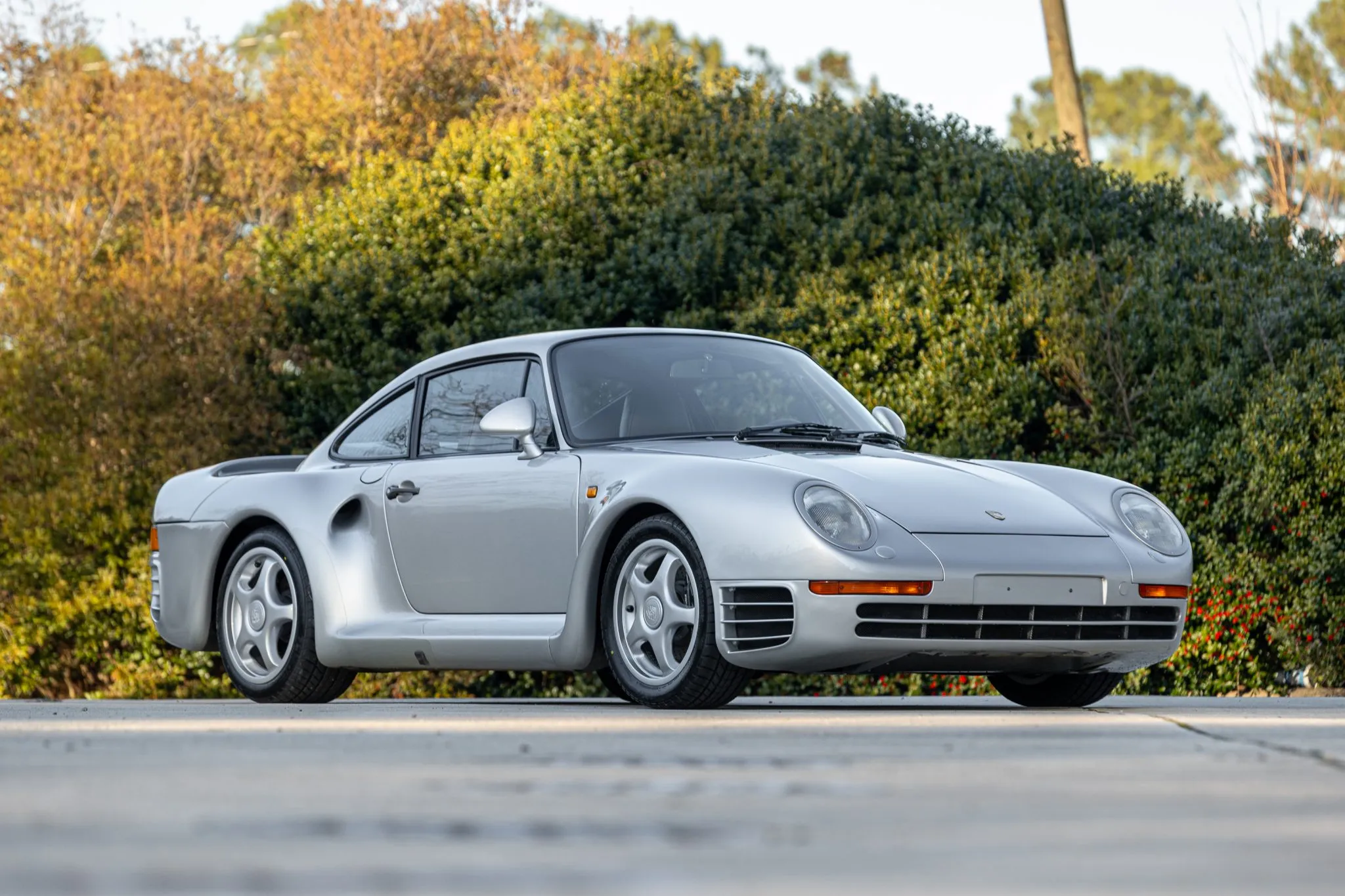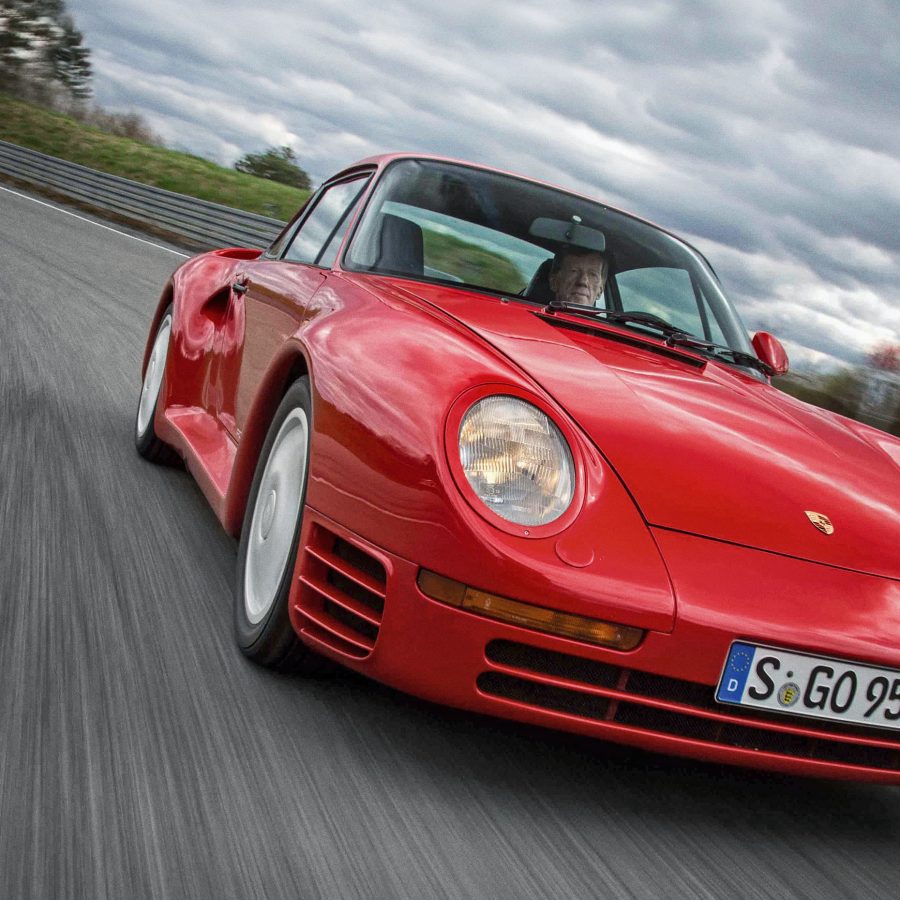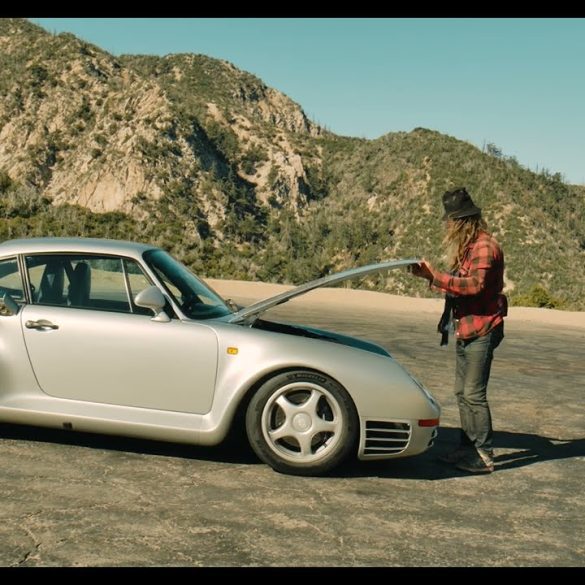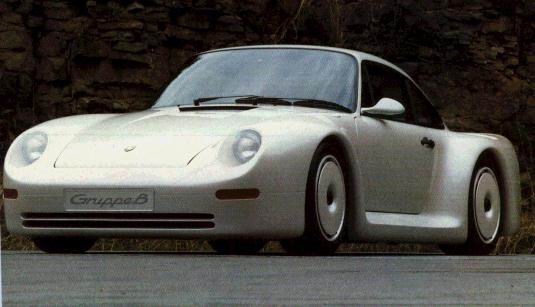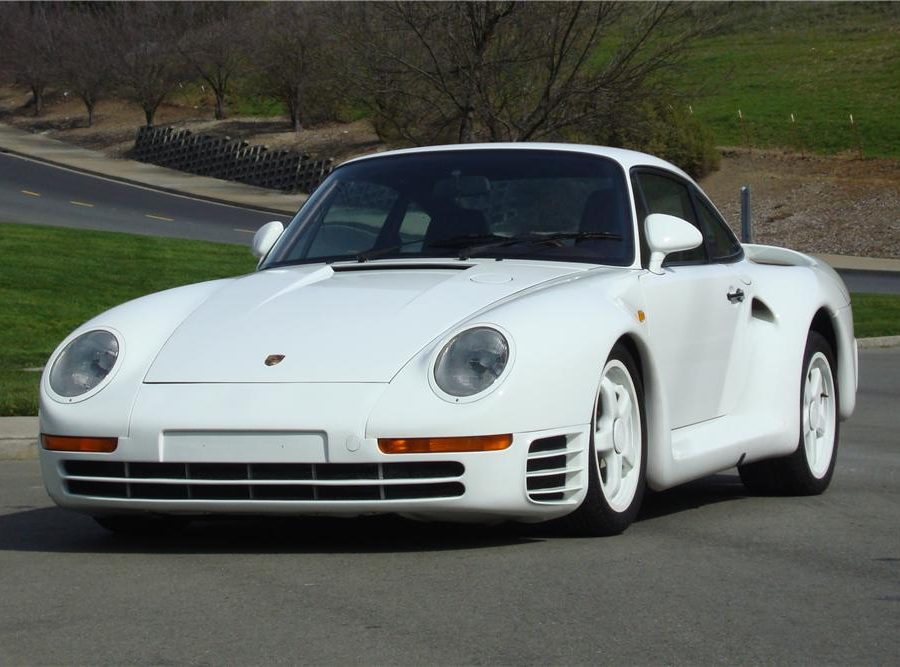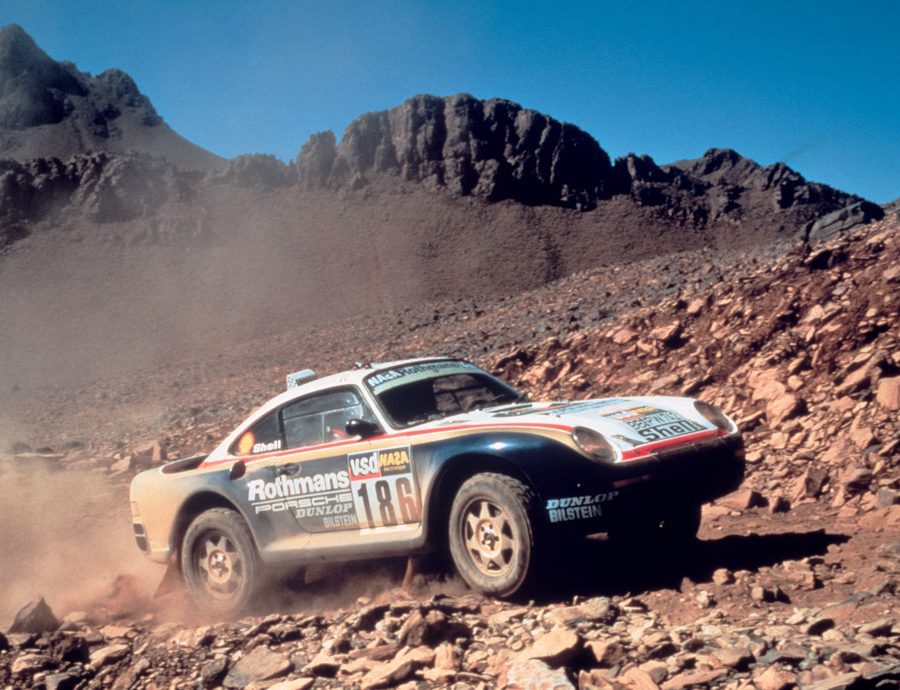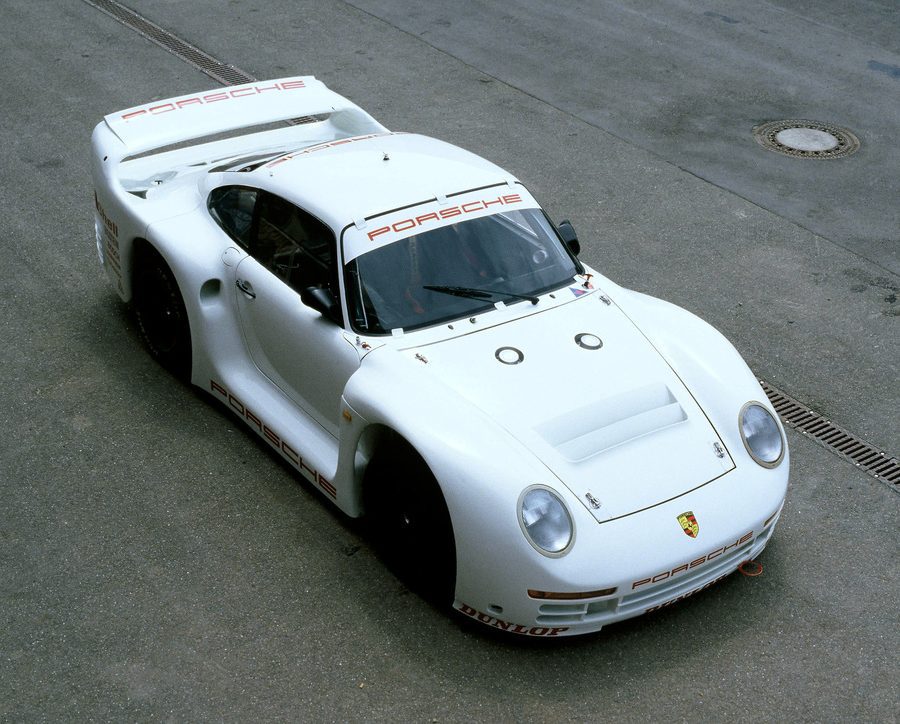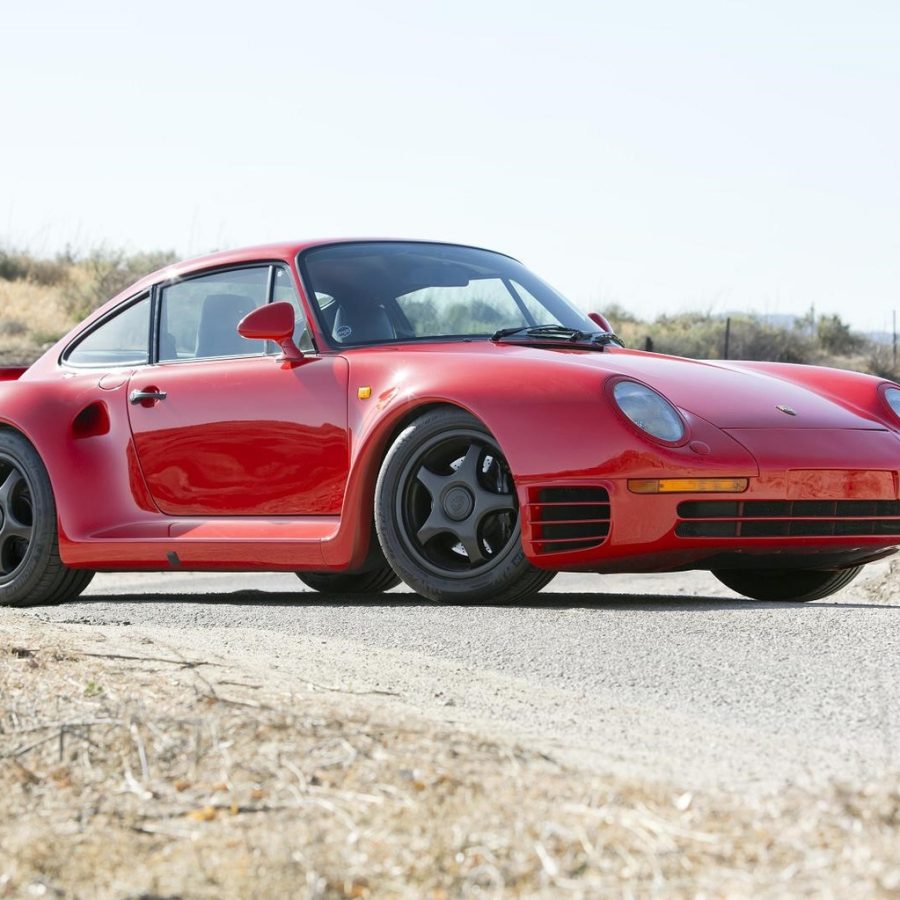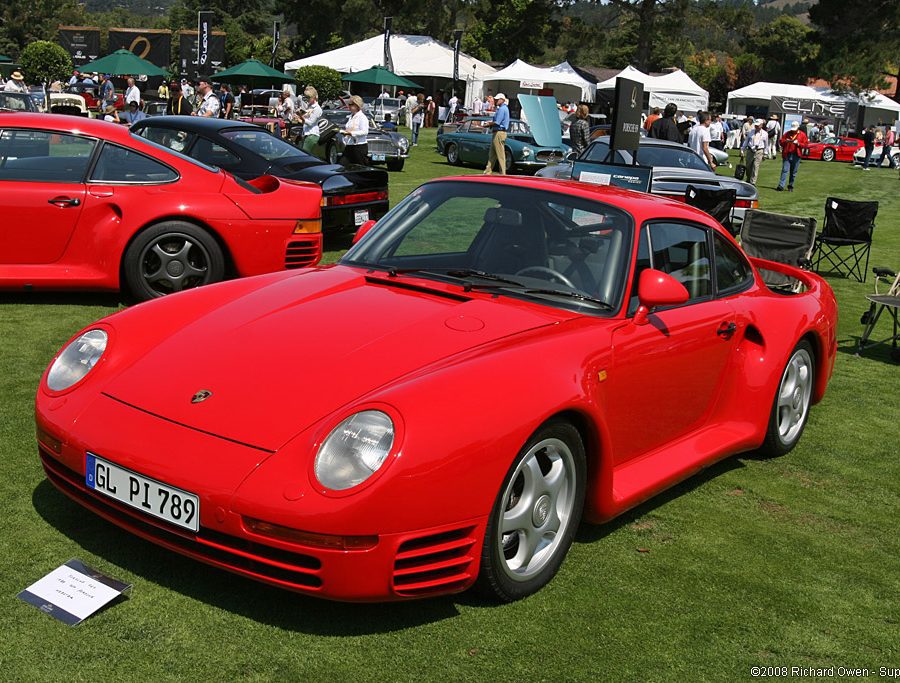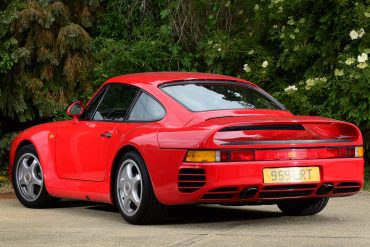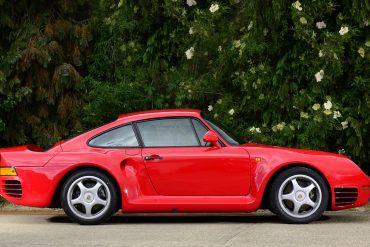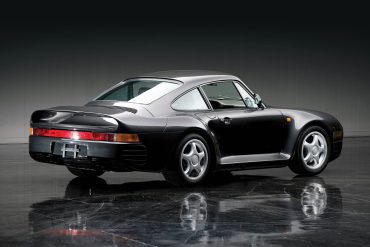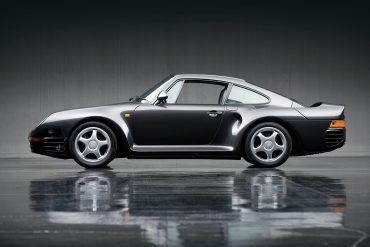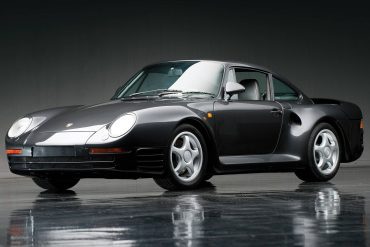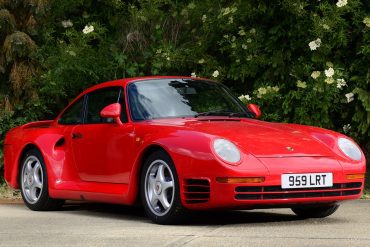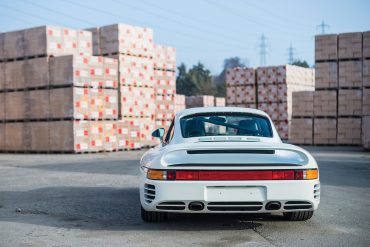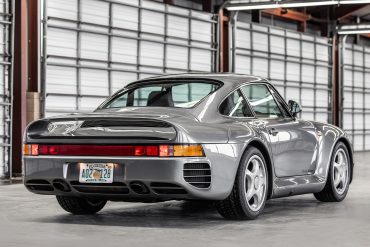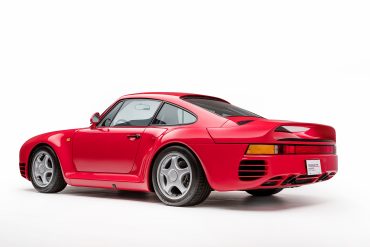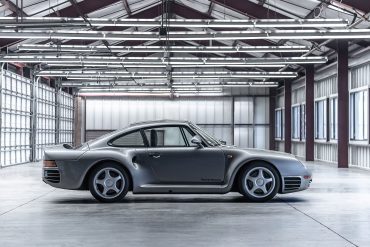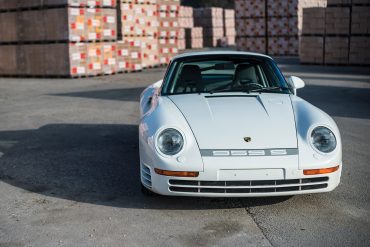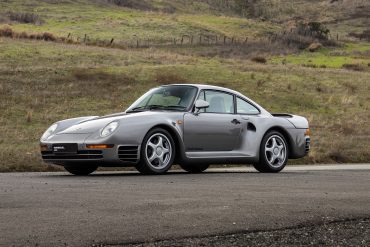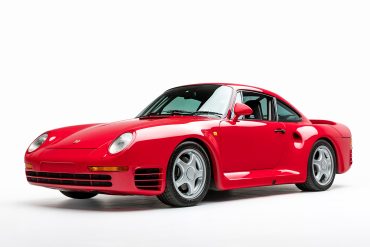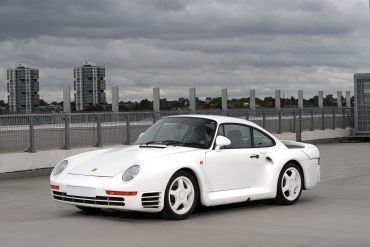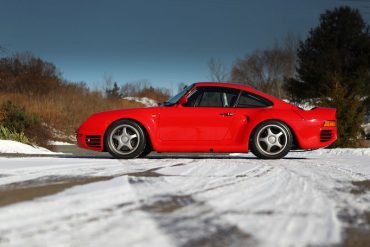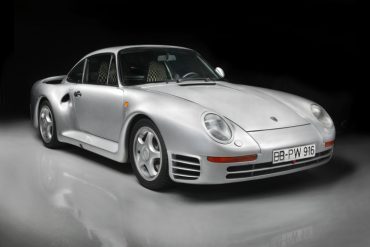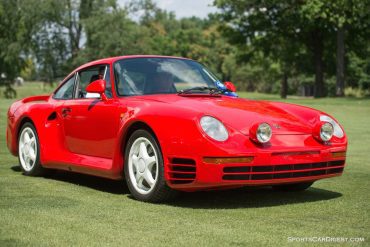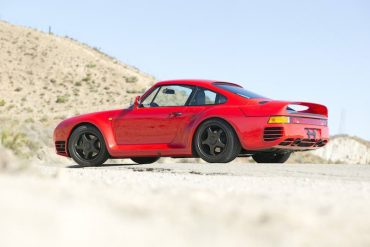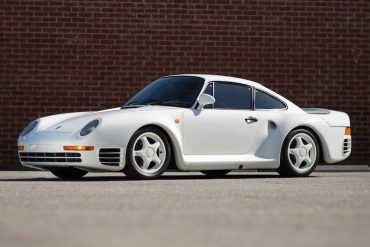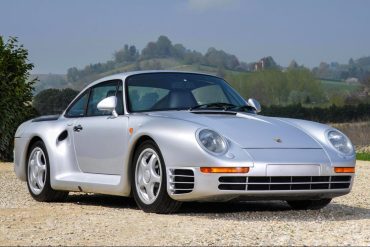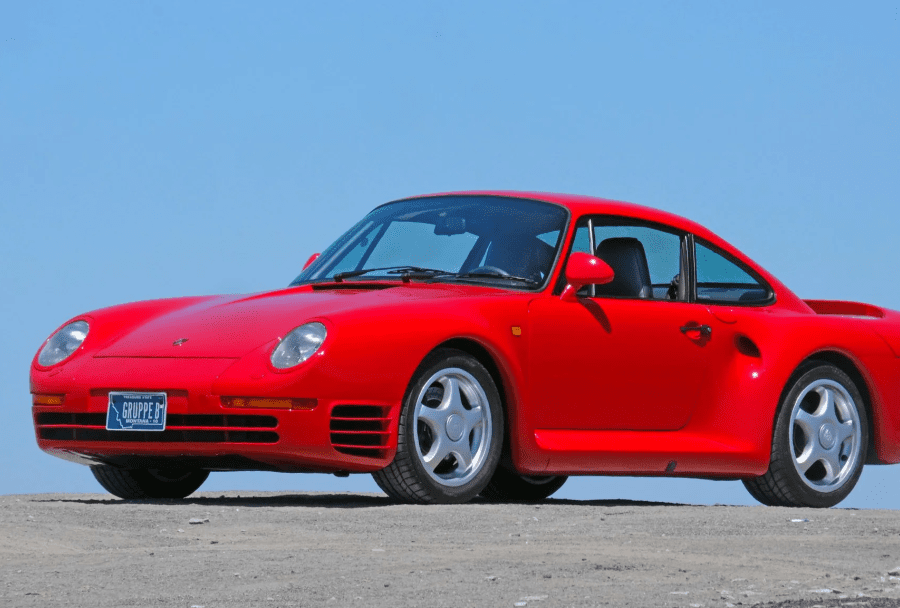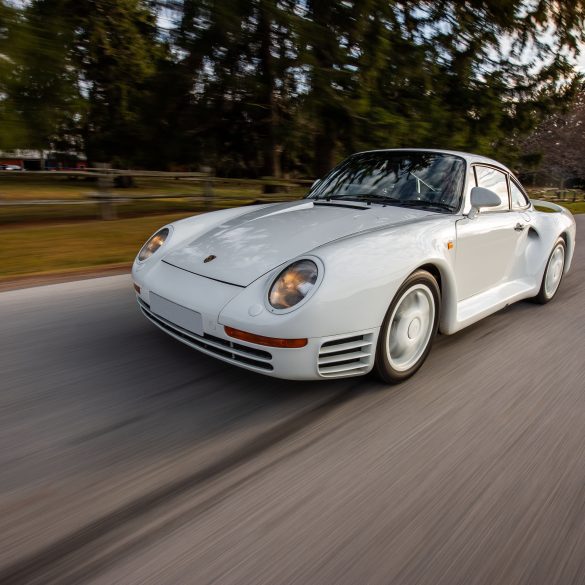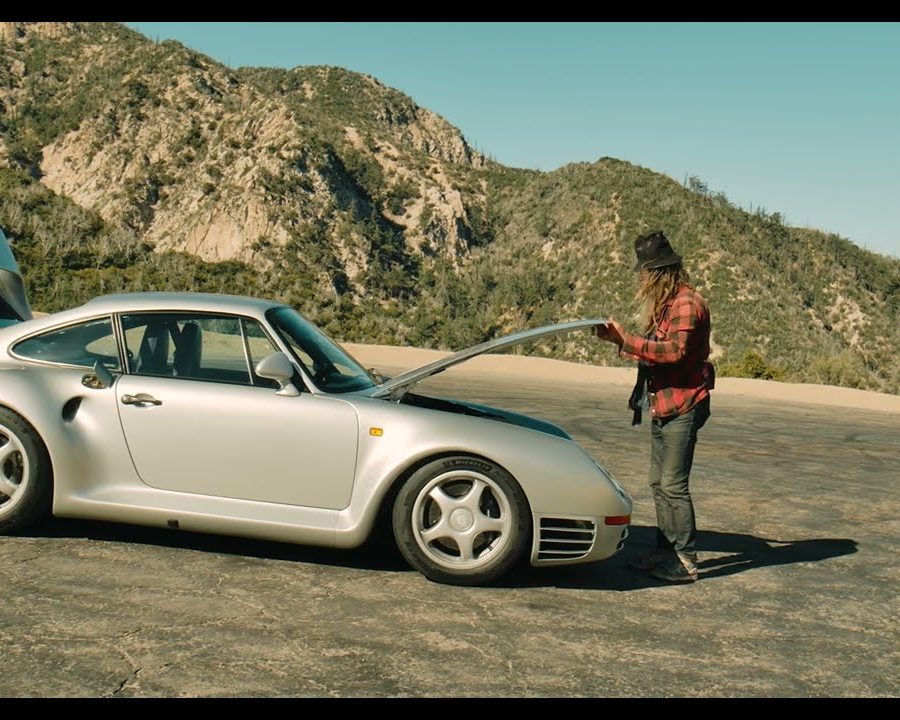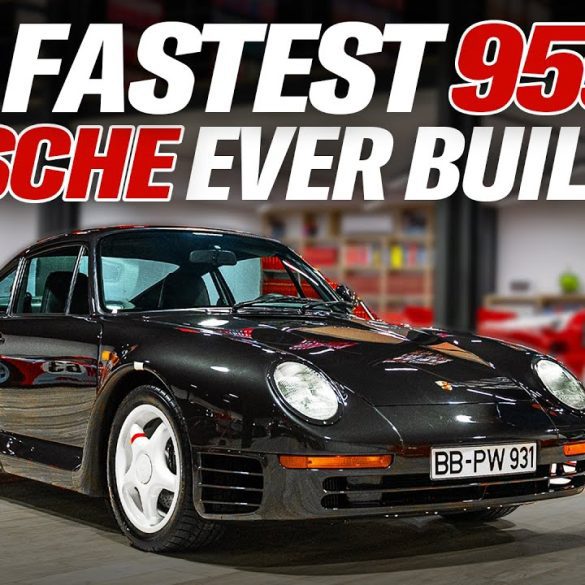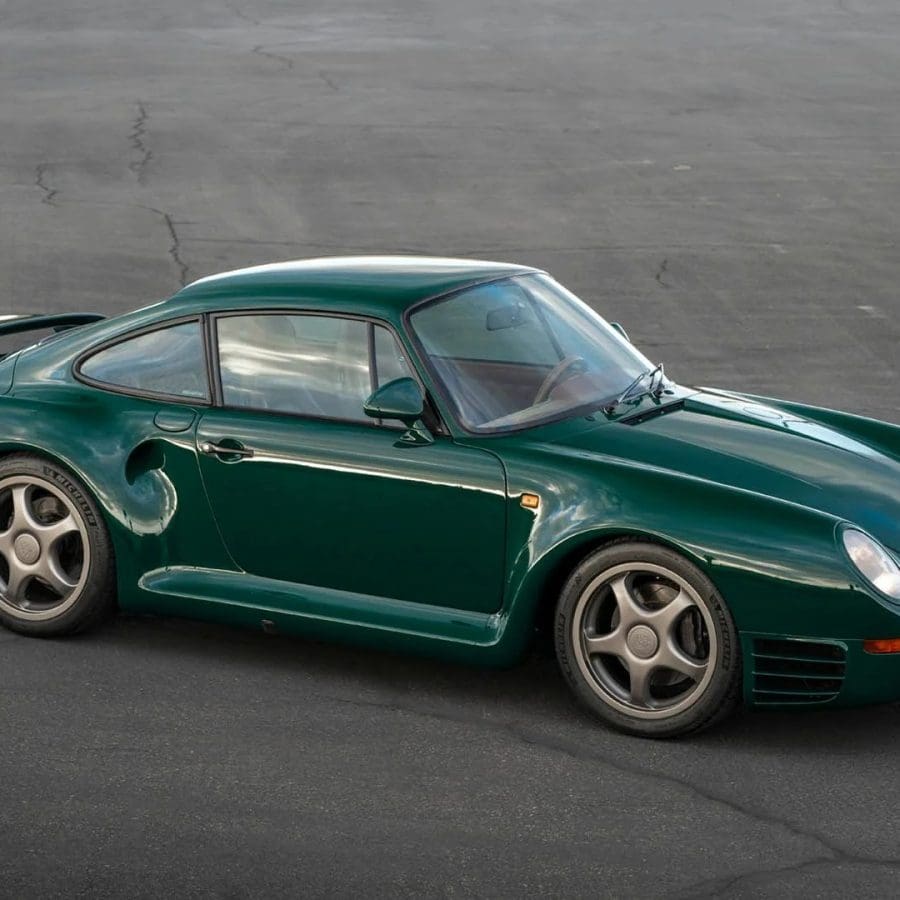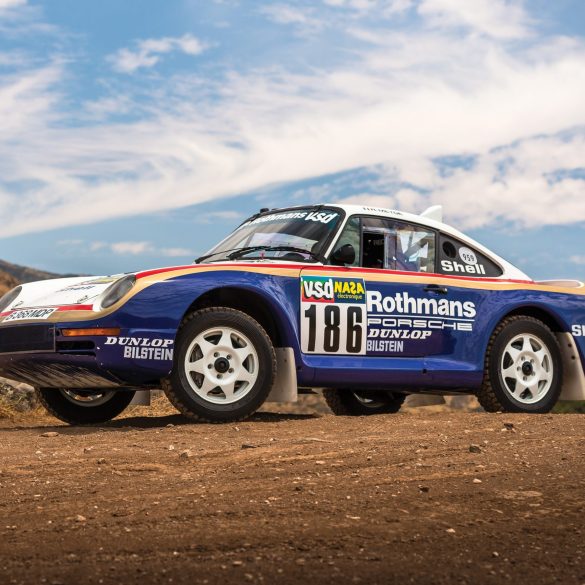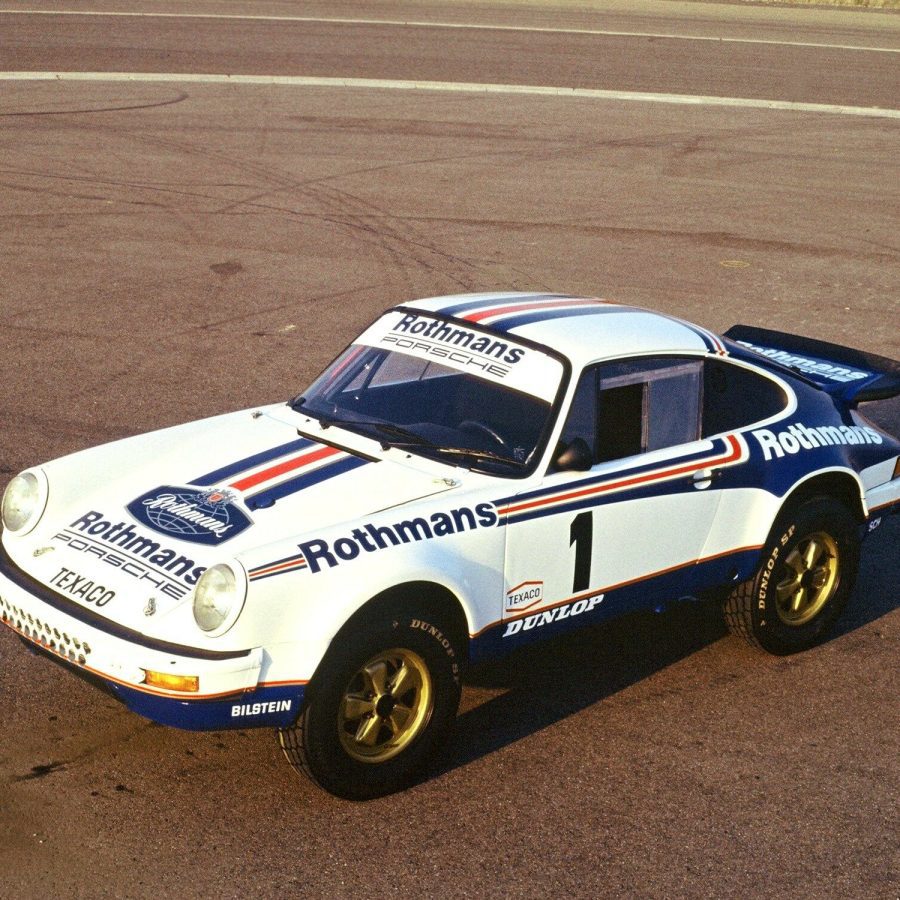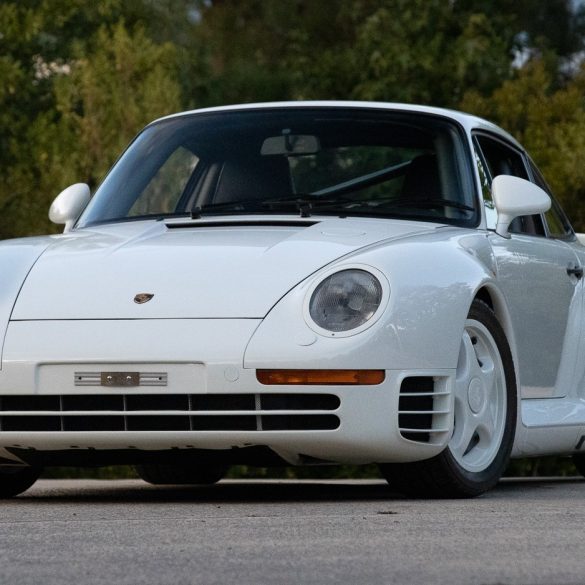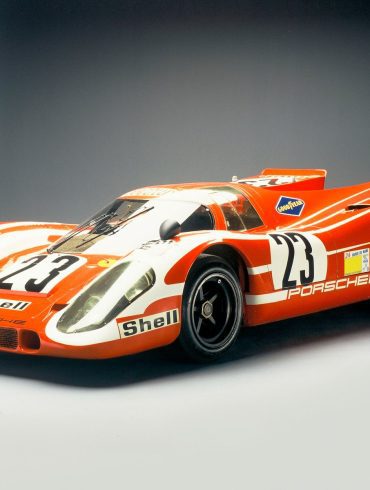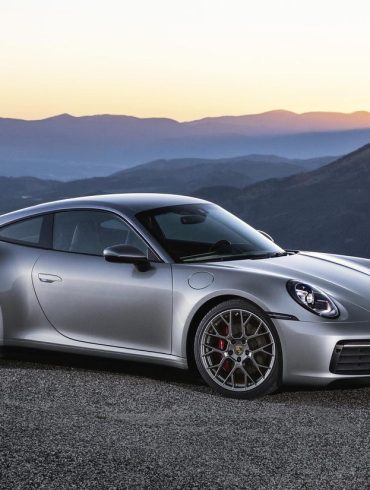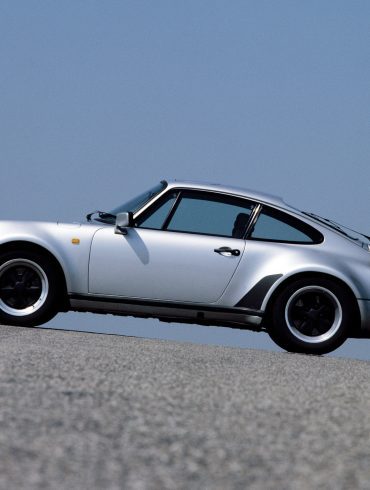Porsche 959
The Ultimate Guide
Before the hypercars of today, there was the Porsche 959. A technological marvel that redefined the supercar in the 1980s, it pioneered all-wheel drive, sequential turbocharging, and advanced aerodynamics, paving the way for the performance cars we know today. 1 This is the story of a legend that was decades ahead of its time.
Overview / Model Guides / Featured Stories / The Market / Image Gallery
The Porsche 959: The Revolutionary Supercar That Redefined Performance
The Porsche 959 is one of the most technologically advanced and influential supercars ever produced. Introduced in the mid-1980s, the 959 was a marvel of engineering, blending cutting-edge technology, breathtaking performance, and everyday usability in a way that set new benchmarks for the automotive industry. Initially developed to meet homologation requirements for the Group B rally series, the 959 became a halo car for Porsche, showcasing the company’s relentless pursuit of innovation and excellence.
Origins and Development
The Porsche 959 was conceived in the early 1980s as part of Porsche’s plan to compete in the FIA’s Group B rally series, which allowed manufacturers to develop high-performance, road-legal cars with limited production numbers. The 959 was developed under the guidance of Helmuth Bott, Porsche’s chief engineer, who aimed to create a car that pushed the boundaries of technology and performance.
First unveiled as a concept car at the 1983 Frankfurt Motor Show, the 959 stunned the automotive world with its futuristic design and advanced features. Production versions were built between 1986 and 1988, with a total of 292 units produced, including a handful of prototypes and special editions. Each car was meticulously crafted, showcasing Porsche’s commitment to quality and precision.
Specifications and Technology
The Porsche 959 was powered by a 2.85-liter twin-turbocharged flat-six engine that produced 450 horsepower and 500 Nm (369 lb-ft) of torque. The engine featured sequential twin-turbocharging, which used a smaller turbocharger at low RPMs and a larger one at higher RPMs, delivering smooth power delivery and minimal turbo lag. This advanced system allowed the 959 to accelerate from 0 to 60 mph in just 3.6 seconds and achieve a top speed of 197 mph (317 km/h), making it one of the fastest production cars of its time.
The 959 also introduced Porsche’s advanced all-wheel-drive system, known as PSK (Porsche-Steuer Kupplung). This system could dynamically adjust the distribution of power between the front and rear wheels, providing exceptional traction and stability in various driving conditions. The 959’s AWD system would later influence the development of the Porsche 911 Carrera 4 and future Porsche models.
Other groundbreaking features included:
Adjustable suspension with multiple ride height settings
Aluminum and Kevlar body panels for reduced weight and increased strength
Aerodynamic bodywork with a drag coefficient of just 0.31, enhancing stability at high speeds
Run-flat tires with pressure-monitoring sensors
ABS braking system and advanced ventilated disc brakes
Racing Success
Although the Group B rally series was canceled before the 959 could make a full impact, Porsche still entered the 959 in off-road events to demonstrate its capabilities. The car achieved remarkable success at the 1986 Paris-Dakar Rally, where it secured a 1-2 finish. Driven by René Metge and Jacky Ickx, the 959 proved its durability and off-road prowess in one of the world’s most grueling endurance races.
In addition to its rally success, Porsche developed the 961, a race-prepared version of the 959 designed for circuit racing. The 961 competed at the 1986 24 Hours of Le Mans, finishing seventh overall and first in its class, further showcasing the 959’s versatility and engineering excellence.
Legacy and Influence
The Porsche 959 left an indelible mark on the automotive world, influencing the design and technology of future supercars. Its innovative use of all-wheel drive, advanced turbocharging, and lightweight materials set new standards for performance and handling. The 959 also demonstrated that a high-performance supercar could be both incredibly fast and remarkably comfortable, redefining expectations for what a supercar could be.
The 959’s influence can be seen in subsequent Porsche models, including the 911 Turbo, which adopted many of the 959’s technologies. The car also inspired competitors to explore new technologies and push the boundaries of performance, contributing to the rapid development of the supercar segment in the late 20th century.
Today, the Porsche 959 is a highly sought-after collector’s car, with pristine examples commanding prices well into the millions. Its combination of technological innovation, racing pedigree, and timeless design ensures its place as one of the greatest cars ever built.
Conclusion
The Porsche 959 was more than just a supercar; it was a technological tour de force that showcased Porsche’s engineering brilliance and innovative spirit. With its incredible performance, advanced features, and racing success, the 959 set a new standard for what was possible in a high-performance road car. Its legacy continues to influence modern supercars, and its place in automotive history remains secure as a true icon of innovation and performance.
Porsche 959 Basics
Manufacturer: Porsche AG
Production Years: 1986 - 1988, 1992 - 1993
Production: 337 units
Designer: Helmuth Bott
Body Style: 2-Door Coupe
Layout: Rear engine, AWD
Engine: 2.8 L (2,849 cc) twin-turbocharged flat-6
Transmission: 6-speed manual
Power: 444 bhp @ 6500 rpm
Torque: 369 ft lbs @ 5000 rpm
Premiere (street car): 1985 September 12, IAA Frankfurt motor show
More Info
It's the fastest, most sophisticated road car ever built
Road & Track, 1987
The 959 is a technological tour de force. It's a supercar that's decades ahead of its time
Car and Driver, 1987


